Written by Lorrie Reynolds
Categories
How many times have you walked an agility course, come up with a plan, and then been influenced by something that made you run the course differently, resulting in a NQ? How many times have you successfully changed your plans and done better than you thought? My experience has been that changing your plan mid-stream is almost always a bad idea.
Maybe you saw other people running a different plan and succeeding. Perhaps you found yourself in a different place on course than you thought you would be. Or you planned a gambler’s run one way but other people had a better strategy. Whatever the circumstance, you decided either right before running, or actually during your run, that it would be a good idea to run differently than you rehearsed in your walk through. If you were tempted into a change, did it turn out better or worse than your original plan?
This happened to me at a long ago trial. My dog qualified in a tournament run in the ultra-competitive 20” class, so we got a chance to run round 2. As we came around to the weave poles, I was further ahead than I thought I would be. Instead of sticking with my plan to rear cross after the weave-jump-tunnel combination, I hesitated, and then quickly completed a (not so smoothly executed) front cross, pulling her out at pole 10. Once our rhythm was broken, we had a hard time recovering, and rather than frustrating her with my untimely cues, I took her off the course and gave her lots of rewards.
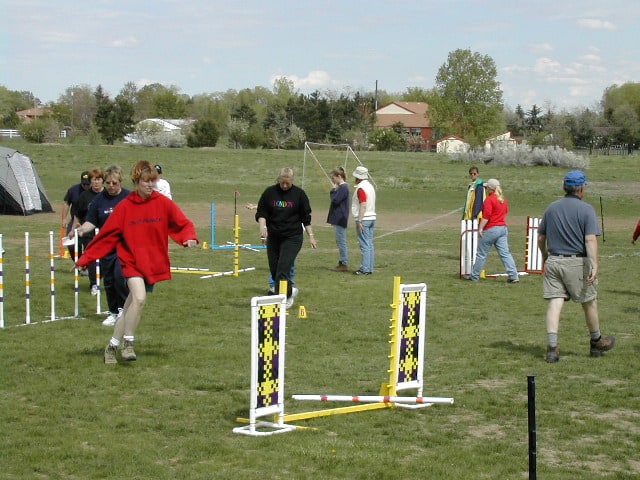
You walked the course based on your team’s strengths. Don’t disregard that walk-through based on another team’s success.
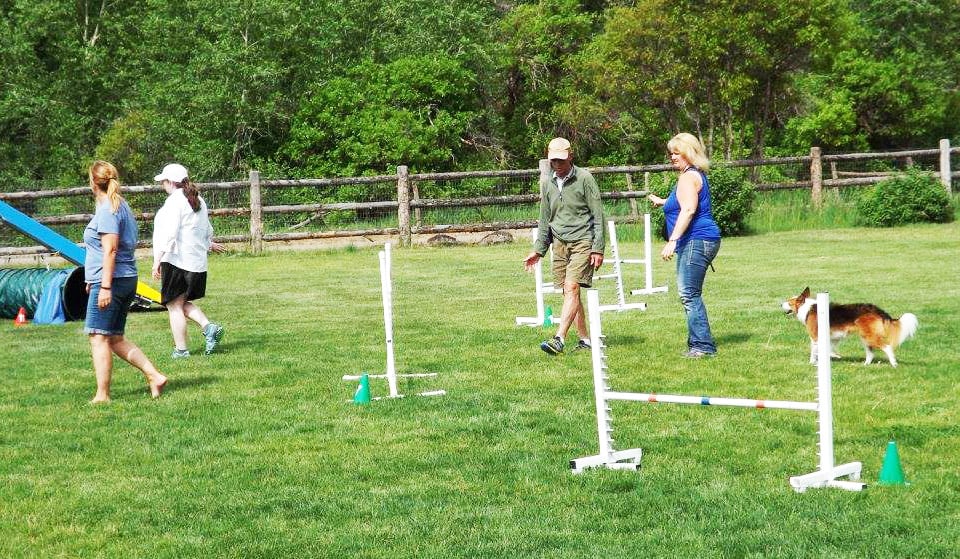
After that embarrassing moment, I decided that I needed a different strategy for walk-throughs. Now I frequently walk a course with a Plan A and a Plan B so I’m ready for at least a couple different scenarios. For example, I plan for front crosses, but realistically know that I might not get there in time and will have to switch to a rear or a blind. If you know ahead of time that it may be necessary to change your plan, and have actually walked the course both ways, you are mentally prepared to execute either choice. Without that mental preparation, trying an alternate plan is usually detrimental to your run.
It is tempting though, to change your plan if you see someone execute a move you hadn’t thought of, or if you see people with a strategy that you think will work better than your original plan. Obviously, seeing a different solution after walkthroughs are complete doesn’t allow you to add it to your A/B plan.
So, what do you do if you are faced with the temptation to change “on-the-fly”? What if you see a “winning strategy” performed by someone else and you want to try it? Time to weigh the risks and benefits. How heavily invested are you in qualifying? If it doesn’t work out well, are you going to be upset that you didn’t qualify? Does the new strategy include a fun handling move you have been wanting to try? Is your dog stable and confident enough or can you adapt well enough that he doesn’t know there was a mistake? If you are not aiming for the Q, the new plan increases your skills, AND you can deal with an error without your dog losing confidence, then go for it and have fun!
However, if something goes wrong, will you decrease your dog’s confidence? If the run is important to you, do you have a better chance of qualifying with your original plan? Maybe it would be a better idea to stick with your original strategy. Just because something worked for a different team doesn’t mean that it is the right thing for your team. You walked the course based on your team’s strengths. Don’t disregard that walk-through based on another team’s success.
You Might Also Like…
Five Ways to Crush It at Your Next Dog Agility Seminar
Going to a dog agility training seminar? Check out these five tips to maximize your return on investment!
Read This Before Deciding on Your Agility Dog’s Contact Performance
Which contact performance, running or stopped, is right for your team? The answer might surprise you.
Is Your Agility Dog a Pinto or a Ferrari?
If you’ve moved up from a slow or moderately-fast agility dog to a speed racer, here’s some advice to make your life easier.
Get tips, stories, discounts, and early notification of events and new courses delivered straight to your inbox! Join the community!
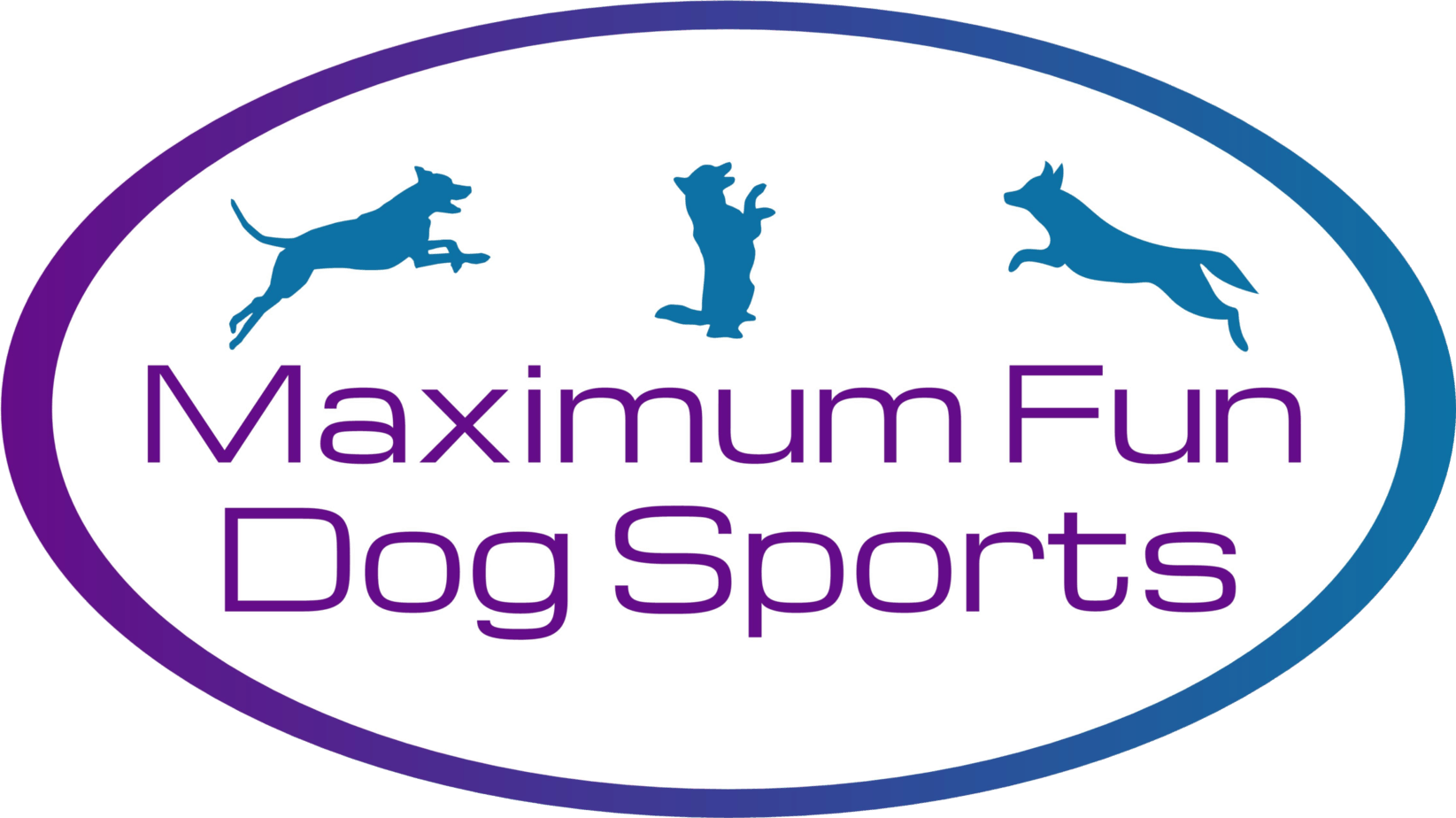
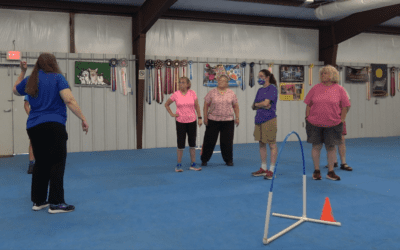
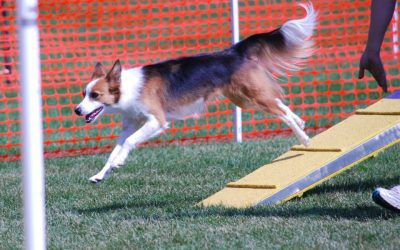
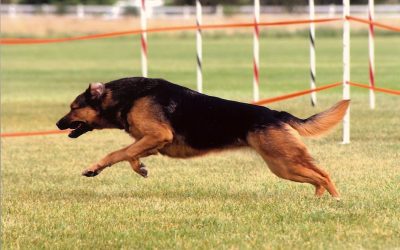
0 Comments